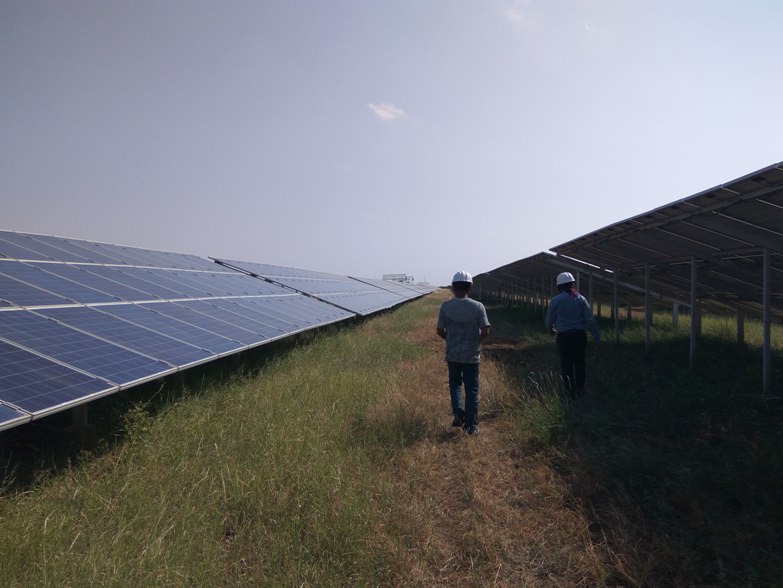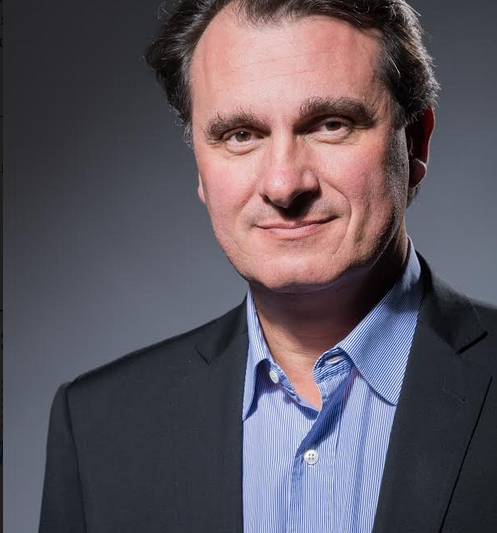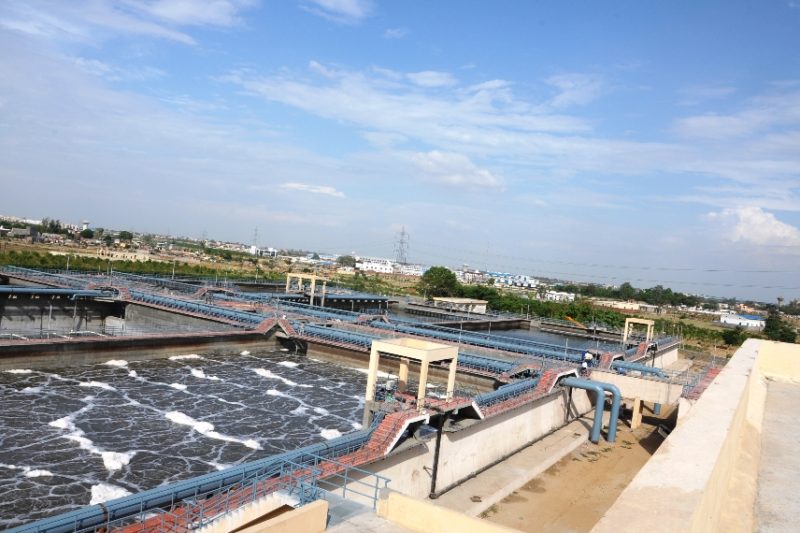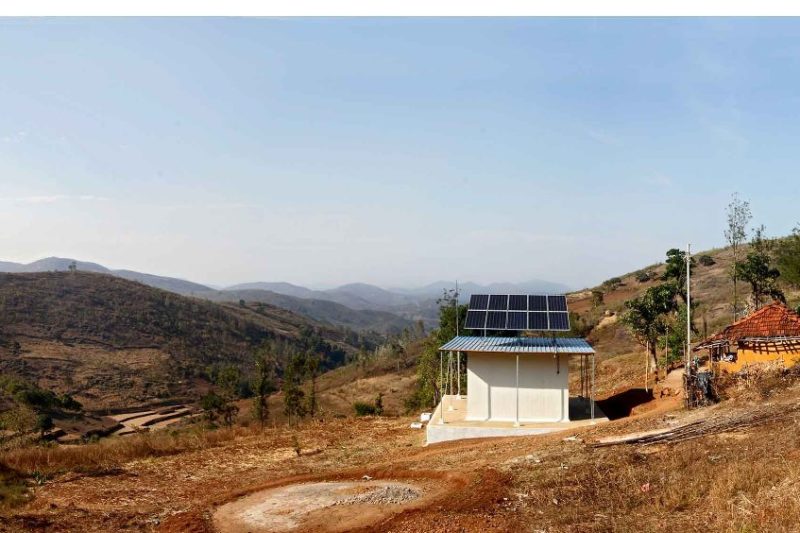Interview
Renewable energy in India is a priority like never before
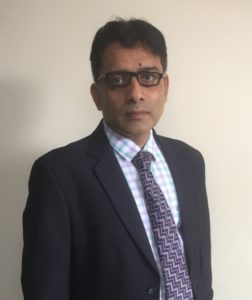
DNV GL is a global quality assurance and risk management company that has a longstanding presence in India, across the energy value chain. In this editorial engagement, we have Alok Kumar taking us through DNV GL’s services in the field of renewable energy—mainly solar and wind—as also energy storage. He observes that since renewable energy in India has become a priority like never before, DNV GL’s role becomes increasingly important. An interaction by Venugopal Pillai.
Reduce Power Outages by Unleashing the Digital Power Distribution Grid
- Mar 10, 2018
Millions of people lose access to electricity every year due to natural disasters. Even in India, floods extreme temperatures and other natural issues along with antiquated energy infrastructure in places often lead to power outages and deprives millions of people access to electricity. These frequent catastrophic events remind us of the inherent weakness of energy infrastructure, usually built with 20th century technology and around 20th century production models. Read more
THDC’s installed capacity will cross 4,500 mw in five years
- Feb 3, 2018
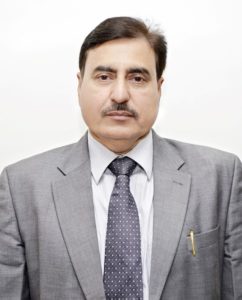
THDC India Ltd, formerly Tehri Hydro Development Corporation Ltd, was incorporated in 1988 with the objective of developing mainly the mega 2,400-mw Tehri hydropower complex. It is amongst the early instances of a joint venture between the Union and any state government, in the field of hydropower. In this exclusive exchange, D.V. Singh, discusses the challenges in executing large hydropower projects, and also explains how THDC is consciously diversifying into other forms of clean energy like wind and solar.
THDC represents a joint venture between the Central and State Governments to execute challenging hydropower projects. What advantages did THDC enjoy as compared with a pure Central Government agency or a pure State Government entity?
Localization is our principal growth driver
- Jan 25, 2018
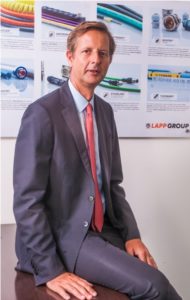
Lapp Group India is a wholly-owned subsidiary of the Germany-headquartered Lapp Group. Lapp India currently provides about 150,000 km per year of various cables, along with connectors, accessories and solutions to over 5,000 customers pan India. We have Marc Jarrault, in this exclusive interaction with T&D India, tracing Lapp Group’s growth in India since it began operations in 1996. Lapp Group’s biggest growth driver in India would be localization, feels Jarrault.
Let us start with Lapp in India. Tell us about your presence and your market in this country.
Lapp Group India began its operations in India in 1996 with a manufacturing unit in Jigani, Bengaluru. Having made an investment of 2.1 million euro, the Bangalore unit is the second largest manufacturing unit of the Lapp Group. Till date Lapp Group India has provided about 150,000 km per year of control, instrumentation, power and data cables along with connectors, accessories and customized plug and play cable assembly solutions to over 5500 active customers’ pan-India.
We are seeing newer dimensions in the energy sector
- Jan 25, 2018
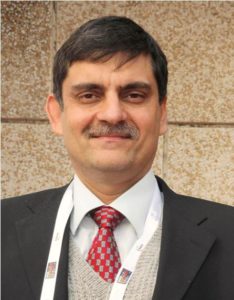
The World Utility Summit 2018 will be among the several concurrent events during ELECRAMA, the mega power T&D show that will be held during March 10-14, 2018, at India Expo Centre, Greater Noida. In this interaction, Vikram Gandotra gives insights into WUS-2018 and discusses how this global summit can help in the true convergence of the utilities business. With respect to India, Gandotra feels that the country will move towards more self-reliance and low carbonization.
Indian engineers are quick to absorb new technology
- Dec 27, 2017
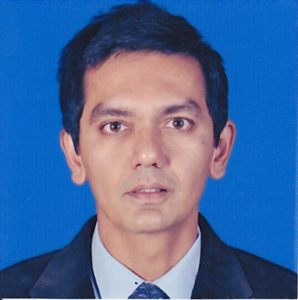
Diagnostic Technologies India Pvt Ltd, popularly known as Diatech, is a Mumbai-based testing house offering its services to critical electrical equipment like cables, transformers, switchgear, generators, etc. We have Diatech’s Managing Director Aditya Korde discussing his company’s activities and also the electrical equipment testing sector in India. Korde is confident that Diatech, with a successful stint across India, is soon make its mark in key global markets where it has newly entered.
Solar energy has gainful applications in environmental engineering
- Dec 27, 2017
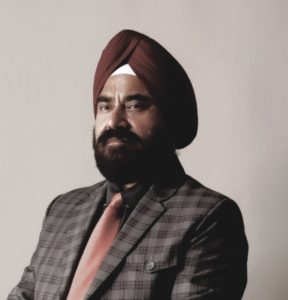
SSG Infratech Pvt Ltd was incorporated in 2004 with the objective of undertaking contractors in the environmental engineering space, as well as for general electrical and civil contracts. Today, SSG Infratech has the distinction of building and operating India’s largest SBR process-based sewage treatment plant (STP). Located in Greater Noida, this plant is unique in that it uses solar energy for its operations. We have Harjeet Singh Sahni, a highly experienced government contractor as well as the promoter of SSG Infratech, telling us more about this unique project.
Awareness of solar net-metering must be improved
- Dec 27, 2017

Hyderabad based start-up Freyr Energy is full-service solar provider with solutions spanning across rooftop, solar pumps, petrol pumps and micro grids. Freyr Energy has already completed more than 800+ rooftop installations across 14 states engaging 2000+ channel partners. In this exchange with T&D India, we have co-founders Saurabh Marda and Radhika Choudhary telling us more on their company’s activities, particularly the Freyr SunPro app that can change the way consumers look at solar rooftops.
We are looking at a solar portfolio of over 300 mw in 2-3 years
- Dec 27, 2017
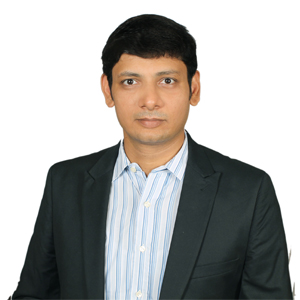
Manikaran Solar Ltd (MSL) is an affiliate of Manikaran Group, one of the largest power trading companies in India. MSL caters to the entire value chain of solar open access and rooftop projects by working closely with consumers and developers. Aditya Malpani closely explains how Manikaran Solar engages with stakeholders to structure bankable power purchase agreements. While admitting that solar energy is currently facing some challenges, Malpani is confident that MSL will build a portfolio of over 300 mw in the next 2-3 years.
We have a whole portfolio of smart integrated solutions
- Dec 2, 2017
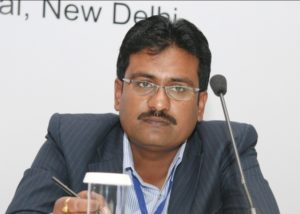
Schneider Electric is the global specialist in energy management and automation. In this exchange with T&D India, Anil Kadam discusses the company’s operations in the switchgear business, also explaining how power distribution equipment like switchgear is now being integrated with energy-management software. Digitisation of the power grid in the country will ensure improved optimization of resources and will ultimately reduce the cost of electricity in India, notes Kadam.


